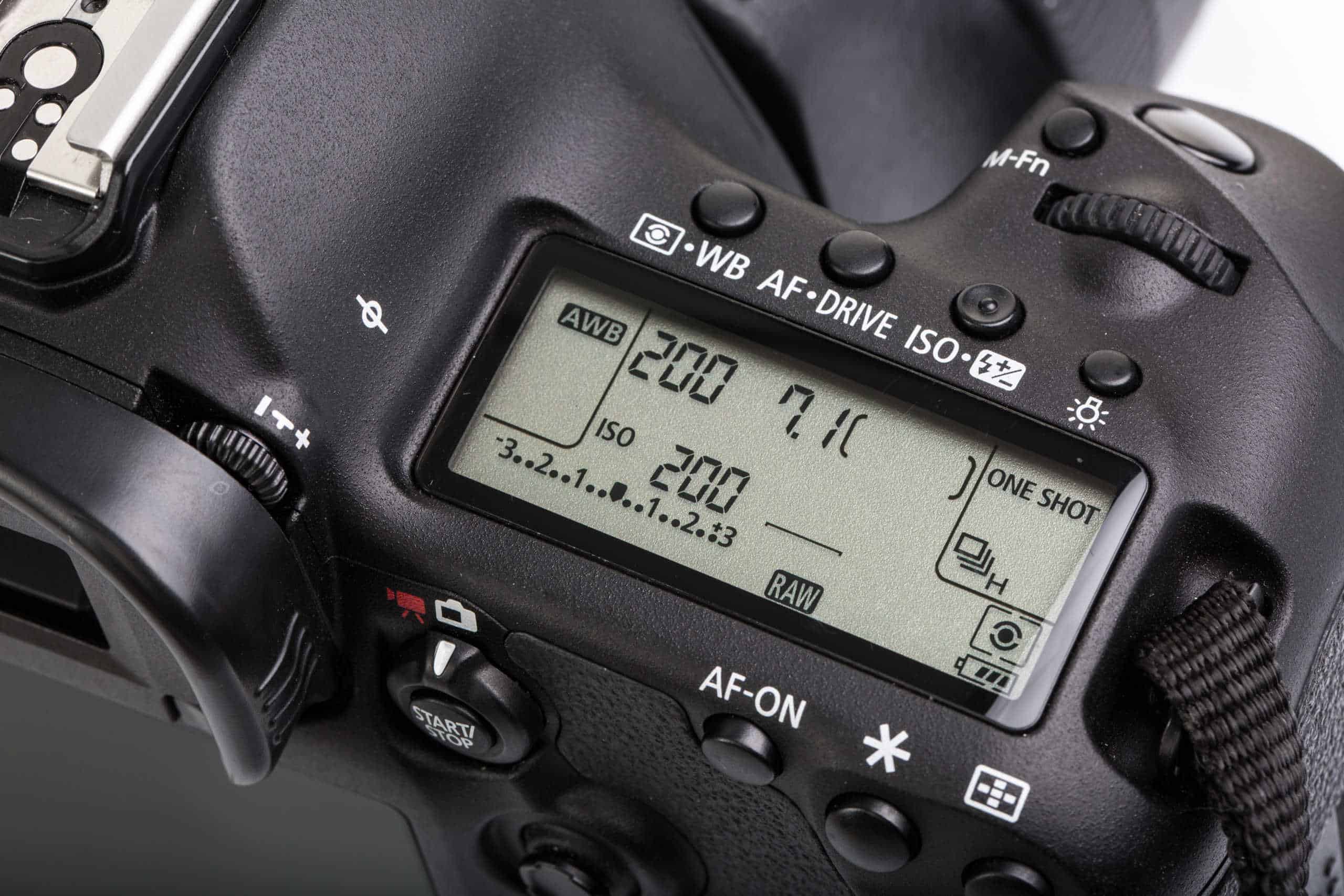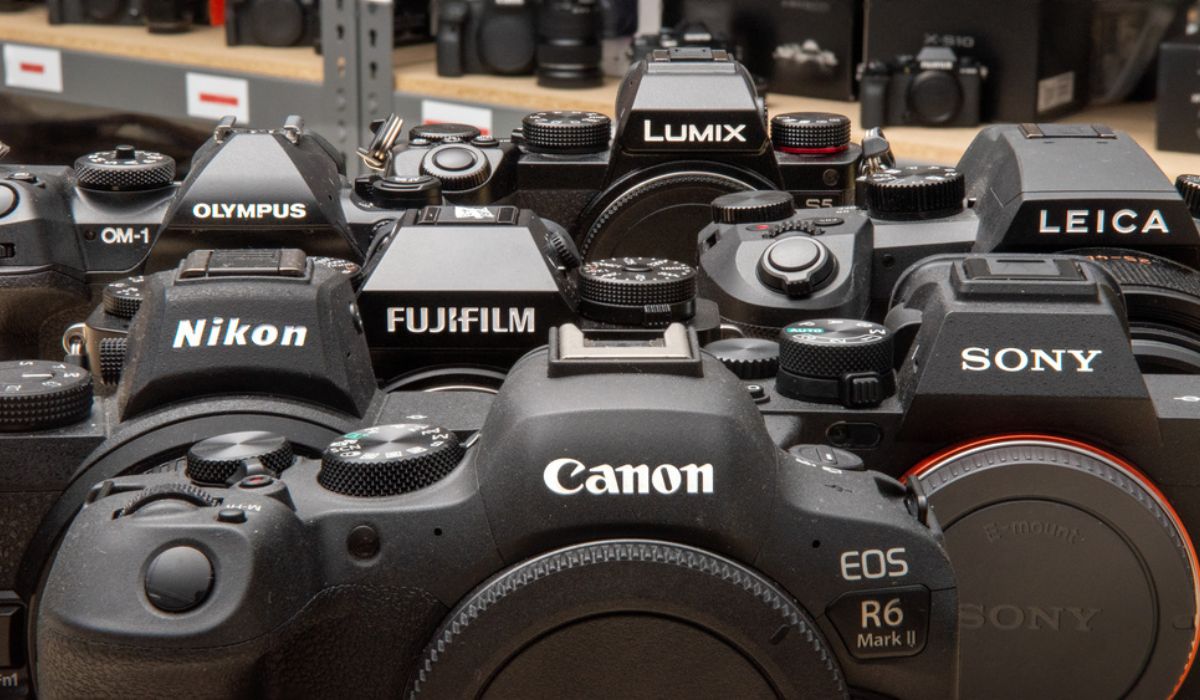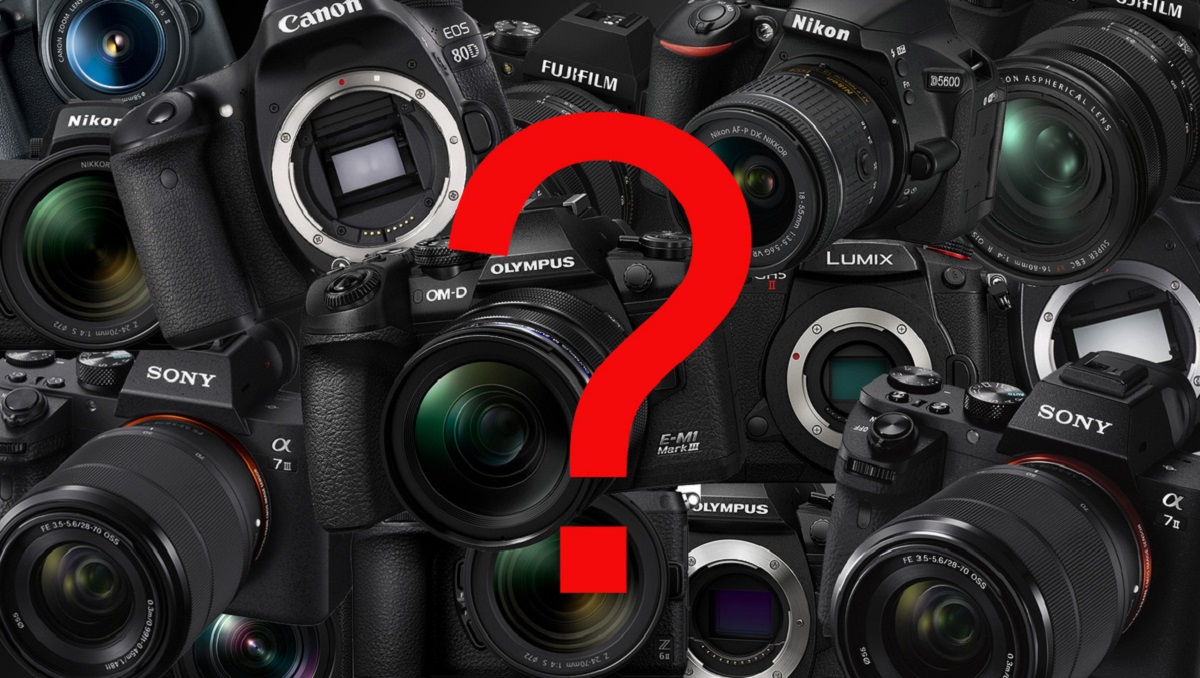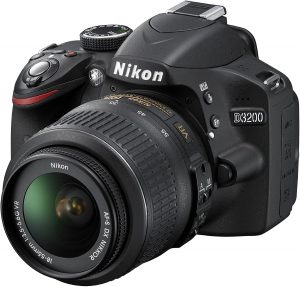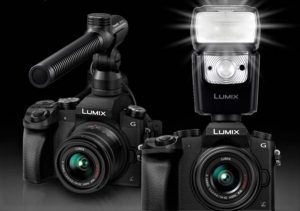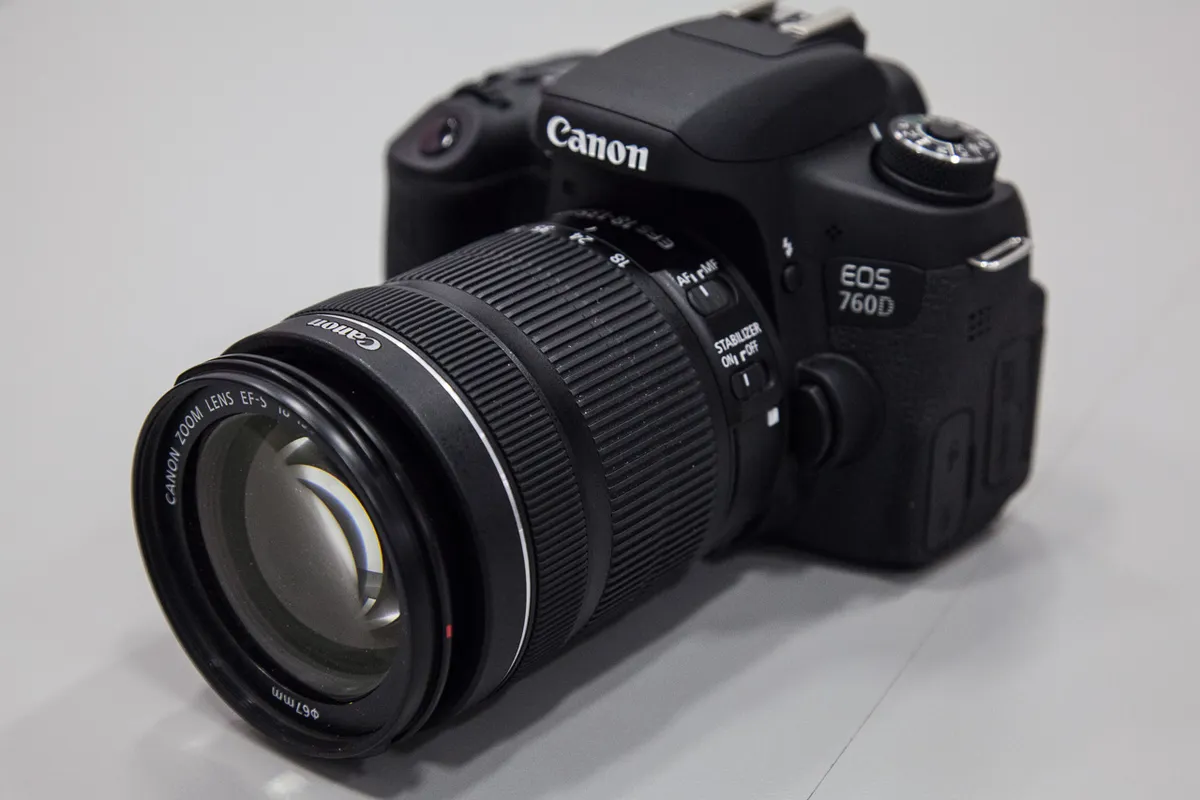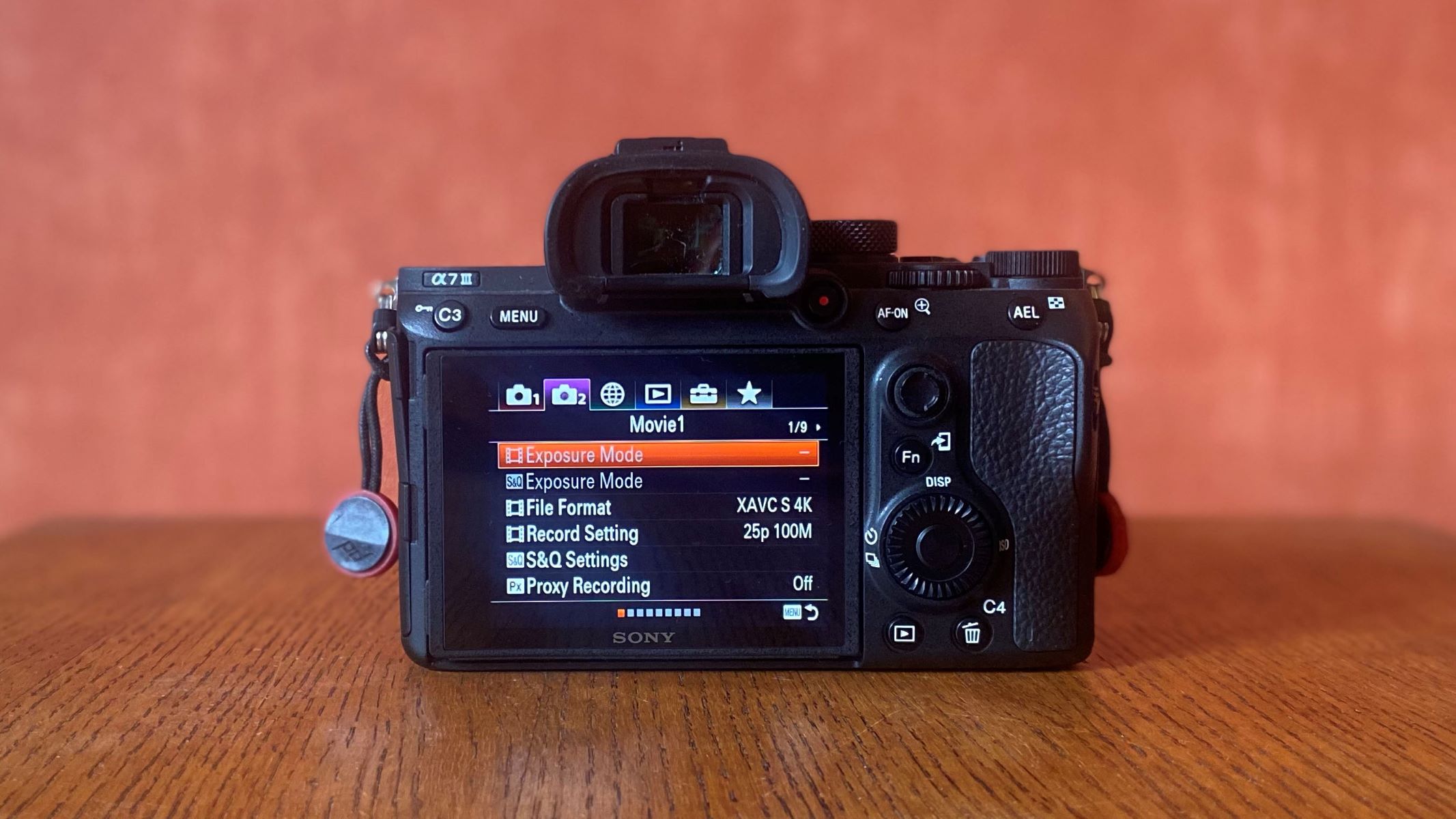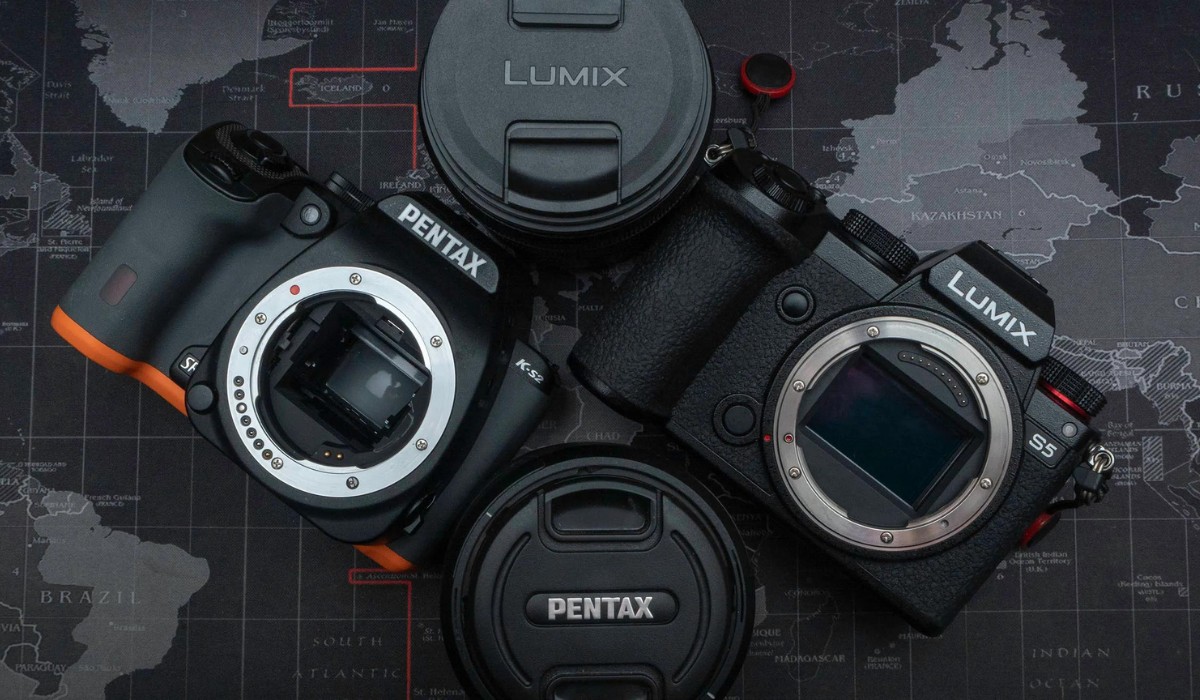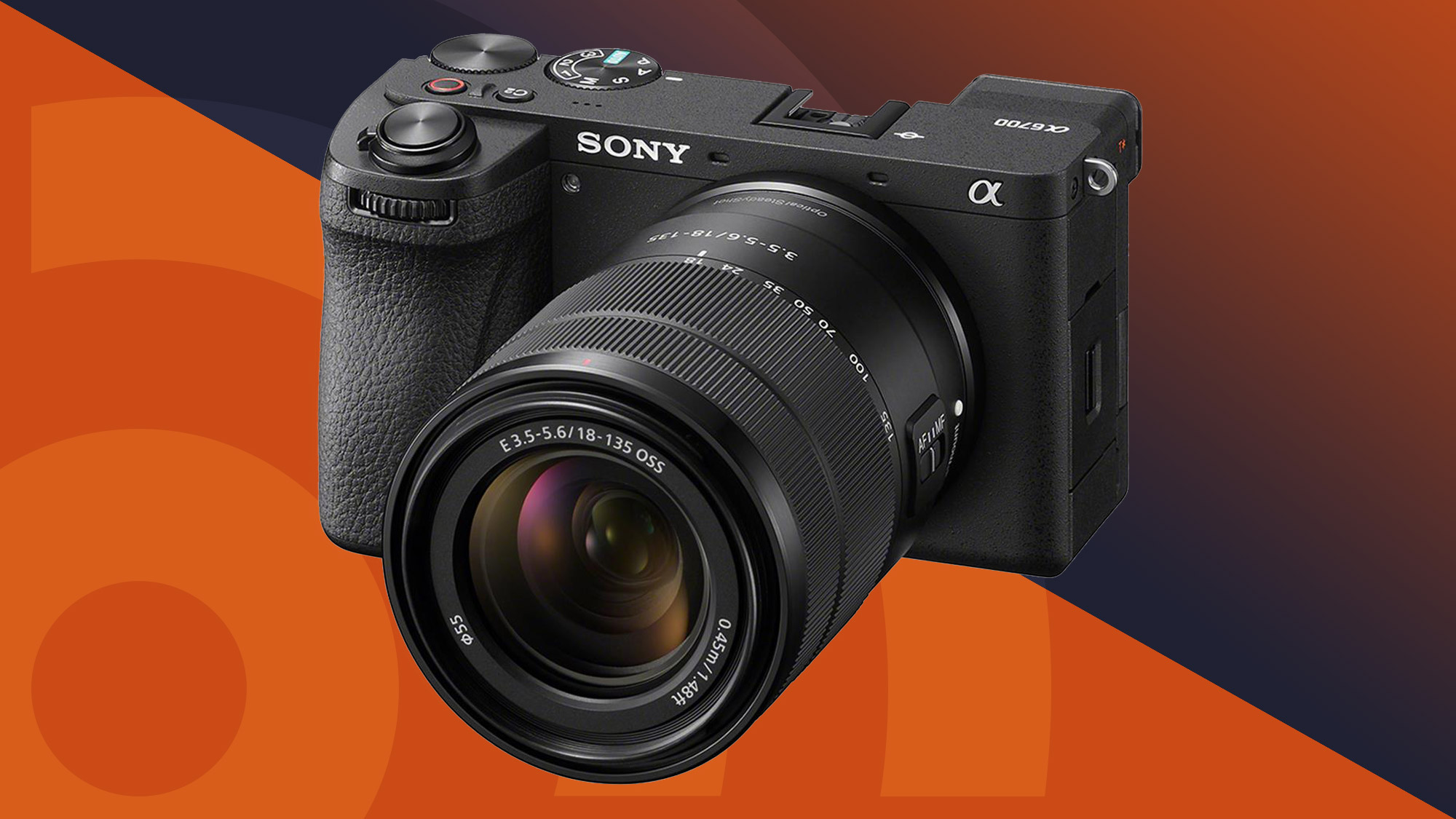Introduction
Understanding the Importance of ISO Range When Purchasing a DSLR Camera
When you are in the market for a DSLR camera, there are numerous technical specifications to consider, and one of the most crucial is the ISO range. Understanding the significance of ISO and its impact on your photography can greatly influence your decision-making process. In this article, we will delve into the concept of ISO, explore the different ISO ranges, and provide insights to help you make an informed choice when purchasing a DSLR camera.
The ISO setting on a camera determines its sensitivity to light. A lower ISO setting results in less sensitivity, ideal for well-lit environments, while a higher ISO setting increases sensitivity, making it suitable for low-light conditions. As a photographer, comprehending the ISO range is essential for capturing high-quality images in various lighting situations.
In the following sections, we will explore the low, mid, and high ISO ranges, highlighting their respective advantages and limitations. By gaining a deeper understanding of these ISO ranges, you will be better equipped to select a DSLR camera that aligns with your specific photography needs.
Whether you are a professional photographer or an enthusiastic hobbyist, the ISO range plays a pivotal role in achieving your desired photographic outcomes. Let's embark on this informative journey to unravel the nuances of ISO and its implications on DSLR camera selection.
Understanding ISO
Deciphering the Significance of ISO in Photography
ISO, which stands for International Organization for Standardization, is a critical element in the realm of photography. In the context of digital cameras, the ISO setting determines the sensor’s sensitivity to light. A lower ISO setting, such as ISO 100, is less sensitive to light and is ideal for brightly lit environments, producing images with minimal noise. Conversely, a higher ISO setting, such as ISO 1600 or higher, increases the sensor’s sensitivity, enabling photographers to capture images in low-light conditions.
Understanding the concept of ISO is akin to mastering the art of balancing light and image quality. When shooting in bright conditions, a low ISO setting is preferable to maintain image clarity and reduce the risk of overexposure. On the other hand, in dimly lit settings, a higher ISO setting becomes indispensable to compensate for the lack of ambient light and capture well-exposed images.
It is important to note that while a higher ISO setting facilitates low-light photography, it also introduces the potential for digital noise, which can degrade image quality. Therefore, striking a balance between ISO sensitivity and image noise is crucial for producing visually appealing photographs across a spectrum of lighting conditions.
As photographers, understanding the nuances of ISO empowers us to adapt to diverse shooting environments and harness the full potential of our DSLR cameras. The next sections will delve into the specific ISO ranges and their respective implications, shedding light on the optimal scenarios for each range and guiding you in making an informed decision when investing in a DSLR camera.
Low ISO Range
Optimal Settings for Well-Lit Environments
When venturing into brightly illuminated settings, such as outdoor landscapes or well-lit interiors, a low ISO setting is the go-to choice for photographers seeking to capture crisp, high-quality images. Typically ranging from ISO 100 to 400, the low ISO setting minimizes the sensor’s sensitivity to light, resulting in minimal digital noise and exceptional image clarity.
Photographers favoring the low ISO range benefit from the ability to capture intricate details and achieve vibrant colors without compromising image quality. The lower sensitivity to light ensures that highlights are well-preserved, shadows are rich in detail, and the overall image exhibits a remarkable dynamic range.
Furthermore, utilizing a low ISO setting is advantageous when aiming to produce long-exposure shots or maintain a shallow depth of field in well-lit conditions. By harnessing the low ISO range, photographers can achieve stunning visual effects, such as silky water in long-exposure streams or captivating bokeh in portrait photography, all while preserving the integrity of the image with minimal noise.
It is important to note that while the low ISO range excels in well-lit environments, it may pose limitations in situations with insufficient ambient light. In such instances, photographers must be prepared to adjust the ISO setting to accommodate the prevailing lighting conditions and ensure optimal exposure.
Understanding the capabilities and limitations of the low ISO range empowers photographers to make informed decisions when selecting a DSLR camera. Whether capturing breathtaking landscapes or intricate details in well-lit settings, the low ISO range serves as a cornerstone for achieving impeccable image quality and unleashing the full potential of your photographic vision.
Mid ISO Range
Adaptability in Varied Lighting Conditions
The mid ISO range, typically spanning from ISO 400 to 800, offers photographers a versatile setting that balances sensitivity to light and image quality, making it well-suited for a diverse array of lighting scenarios. This range proves invaluable when transitioning from well-lit environments to moderately dim settings, providing photographers with the flexibility to maintain optimal exposure and image clarity.
Photographers harnessing the mid ISO range can confidently navigate environments with moderate lighting challenges, such as indoor settings with ambient light or outdoor scenes during twilight. The increased sensitivity to light compared to the low ISO range enables photographers to capture well-exposed images without compromising image quality, striking a harmonious balance between detail preservation and noise control.
Moreover, the mid ISO range empowers photographers to explore a broader spectrum of shutter speed and aperture combinations, facilitating creative expression and enabling the capture of dynamic subjects with enhanced clarity. This adaptability proves particularly valuable in scenarios where adjusting the available light is not feasible, allowing photographers to maintain control over the exposure and achieve compelling visual narratives.
While the mid ISO range excels in accommodating varying lighting conditions, it is essential for photographers to exercise discretion when approaching the upper limits of this range. As the ISO value increases towards the upper threshold, the potential for digital noise becomes more pronounced, necessitating a discerning approach to strike a balance between sensitivity and noise management.
Understanding the nuances of the mid ISO range equips photographers with the knowledge to navigate diverse lighting conditions and unleash their creative vision with confidence. Whether capturing candid moments in ambient indoor settings or embracing the subtle nuances of twilight landscapes, the mid ISO range serves as a reliable ally in achieving compelling imagery across a spectrum of lighting scenarios.
High ISO Range
Empowering Low-Light Photography
As photographers venture into environments characterized by limited ambient light, the high ISO range emerges as an indispensable tool for capturing compelling images in challenging conditions. Ranging from ISO 1600 and beyond, the high ISO setting significantly enhances the camera sensor’s sensitivity to light, enabling photographers to illuminate scenes that would otherwise be shrouded in darkness.
When confronted with low-light scenarios, such as nighttime cityscapes, dimly lit interiors, or astrophotography, the high ISO range empowers photographers to amplify the available light and capture visually striking images with remarkable clarity. This heightened sensitivity to light allows for faster shutter speeds, mitigating the risk of motion blur and ensuring the preservation of intricate details in dynamic, low-light environments.
Furthermore, the high ISO range serves as a catalyst for creative exploration, enabling photographers to embrace the atmospheric ambiance of dimly lit scenes and infuse their imagery with a captivating sense of mood and drama. Whether conveying the ethereal glow of city lights against the night sky or unveiling the celestial wonders of the cosmos, the high ISO setting unlocks a realm of artistic possibilities in low-light photography.
While the high ISO range offers unparalleled capabilities in low-light photography, it is essential for photographers to remain mindful of the potential trade-offs associated with heightened sensitivity. As the ISO value escalates into the higher echelons of the range, the risk of digital noise becomes more pronounced, necessitating strategic noise management techniques to preserve image quality.
Understanding the nuances of the high ISO range empowers photographers to confidently navigate low-light environments and harness the full potential of their DSLR cameras in challenging lighting conditions. By leveraging the high ISO setting judiciously, photographers can capture evocative imagery that transcends the constraints of ambient light, breathing life into scenes that unfold under the cloak of darkness.
Conclusion
Empowering Informed Decisions in DSLR Camera Selection
Delving into the intricacies of the ISO range unveils a realm of possibilities and considerations that significantly influence the photographic journey. From the low ISO range’s prowess in well-lit environments to the mid ISO range’s adaptability and the high ISO range’s prowess in low-light photography, each ISO setting presents unique advantages and considerations for photographers.
As you embark on the quest to select a DSLR camera that aligns with your photographic aspirations, understanding the implications of the ISO range becomes a pivotal factor in making an informed decision. By discerning the optimal ISO settings for various lighting scenarios, you empower yourself to capture compelling imagery with confidence, transcending the constraints of ambient light and unleashing your creative vision.
Furthermore, the knowledge of ISO extends beyond technical specifications, serving as a gateway to artistic expression and creative exploration. Whether you are capturing the resplendence of a sun-kissed landscape, navigating the subtleties of twilight, or delving into the enigmatic allure of low-light realms, the ISO range becomes a steadfast ally in shaping your photographic narrative.
Armed with a deeper understanding of the low, mid, and high ISO ranges, you are poised to embark on a photographic odyssey that transcends the boundaries of light and shadow. As you venture into diverse environments and embrace the nuances of lighting, the ISO range stands as a beacon, guiding you to unleash the full potential of your DSLR camera and craft imagery that resonates with depth and clarity.
May this exploration of the ISO range serve as a compass, illuminating your path as you navigate the ever-changing tapestry of light, and may your photographic endeavors be imbued with the richness of vision and the allure of artistic expression.







